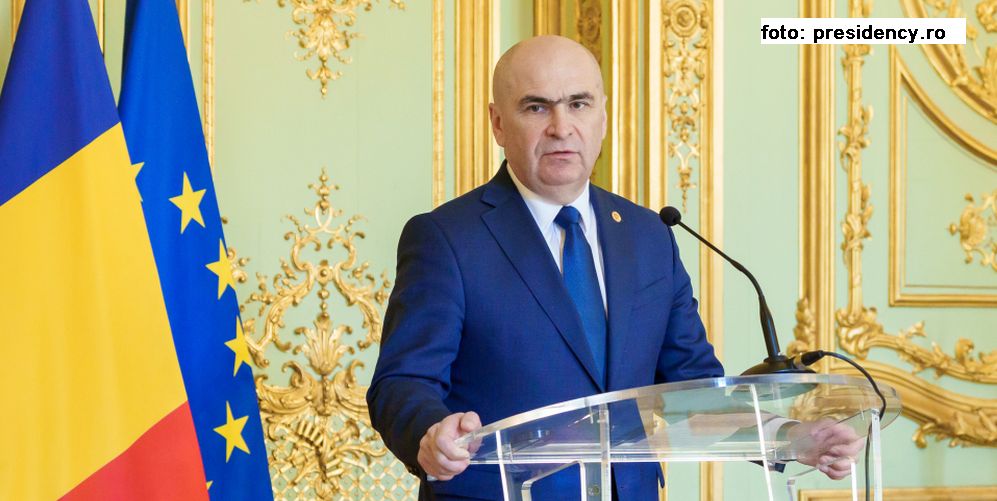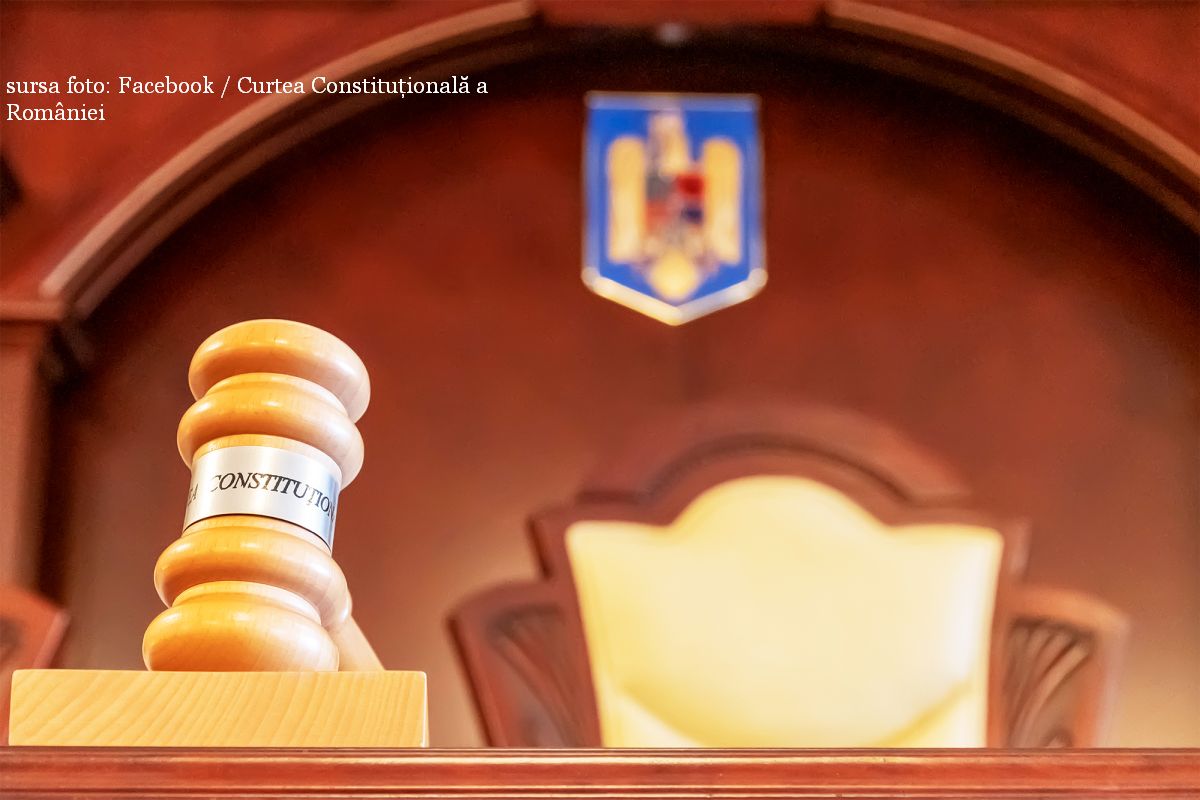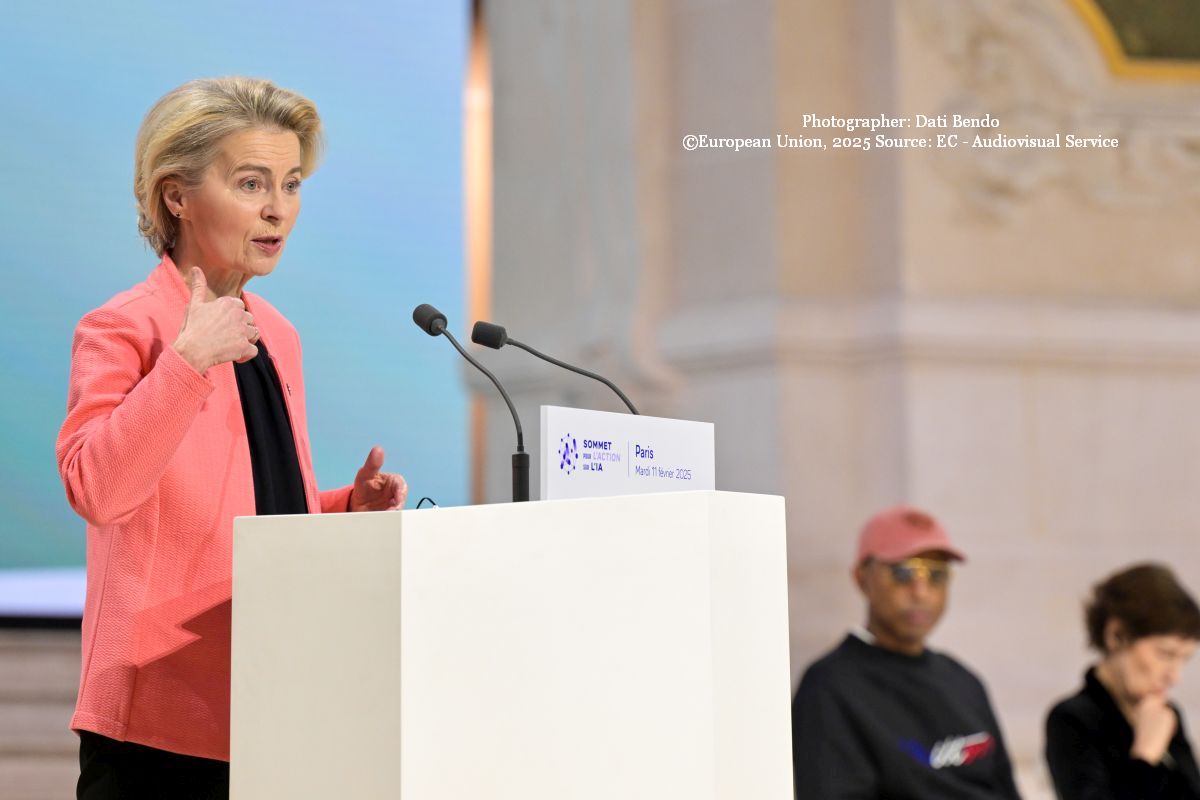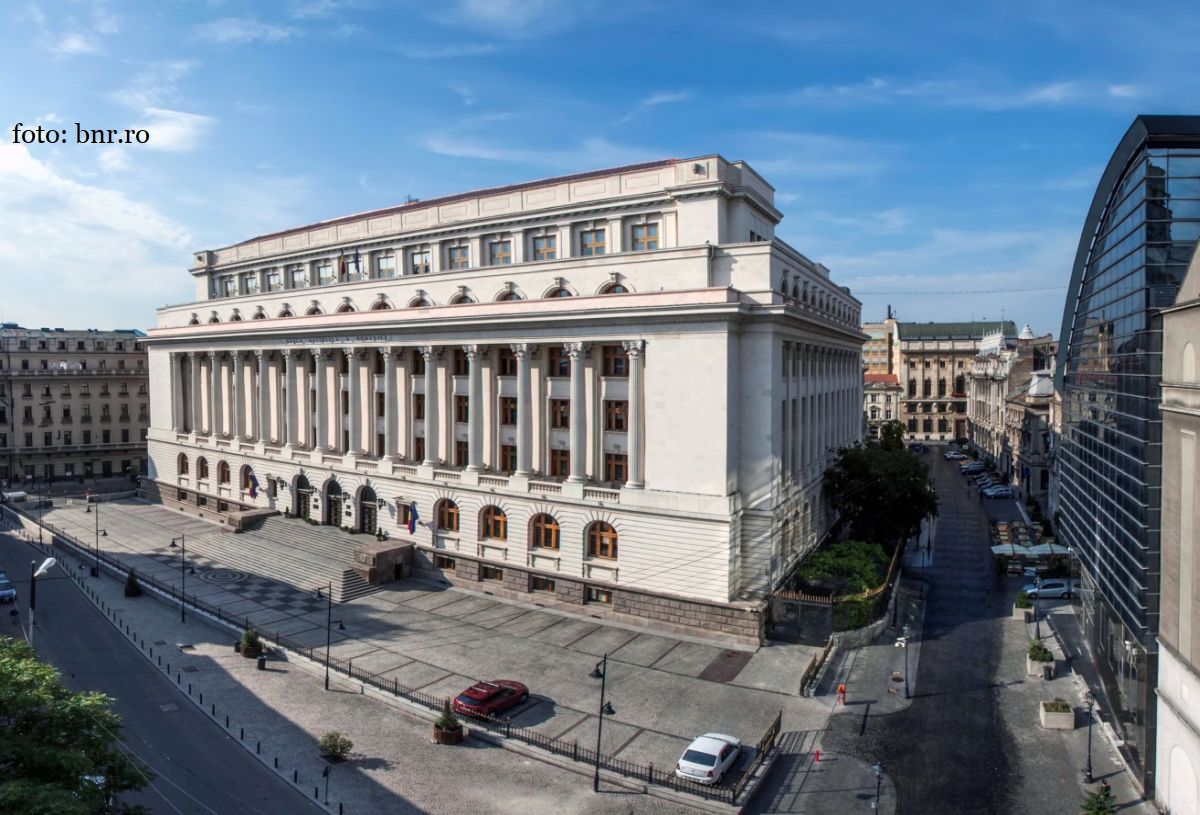Romania and the Common Agricultural Policy
European officials have agreed over the reform of the Common Agricultural Policy in the coming years.
Mihai Pelin, 25.09.2013, 13:42
The European Parliament, the Council of EU Ministers of Agriculture and the European Commission have reached an agreement in Brussels over the reform of the Common Agricultural Policy in the coming years. The document contains clear provisions on the funds member states can receive from the European budget for agriculture or the level of subsidies farmers can benefit from until 2019. At the same time, member states can increase the level of assistance to disadvantaged areas and encourage young farmers. The agreement also provides for a reduced contribution of the member states to the programmes co-funded with European money. Present in Brussels, the Romanian minister of Agriculture Daniel Constantin has hailed this measure.
Daniel Constantin: “An increased co-funding rate from 75% to 80% is beneficial. This translates as less financial effort from member countries, which means we can channel money from the state budget to other projects and stay at only 15% in the co-funding area. It also allows us, as long as Romania’s international agreement with the International Monetary Fund and the European Commission is in place, to bring the co-funding rate up to 95%.”
Minister Daniel Constantin also attended in Brussels a conference on the development of the dairy sector post 2015 staged upon the initiative of the European Commissioner for agriculture and rural development, Dacian Ciolos, who is a former agriculture minister himself. Constantin has given assurances that his ministry has been considering measures aimed at supporting milk producers in Romania ahead of the envisaged elimination of milk quotas in the community states in 2015. Statistics show that the international milk market is growing, says Dacian Ciolos, and that theoretically, it can absorb the entire milk production. As far as Romania is concerned, Ciolos said the elimination of milk quotas is not the main issue.
Dacian Ciolos: “Romania is not even using half of the milk quota it is entitled to. So, for Romania, the elimination of the milk quotas is not a direct problem. It could be an indirect problem, as this elimination could spark off a competition between local and imported milk produce.”
Dacian Ciolos believes Romania has to speed up the planning and reshuffling process in the field and the new Common Agricultural Policy already provides the right instruments to achieve this. According to experts, the elimination of milk quotas in 2015 will sharpen competition between milk processors and lead to market saturation. At present, each member state has a national quota out of which every producer has been earmarked his or her own individual quota.






























